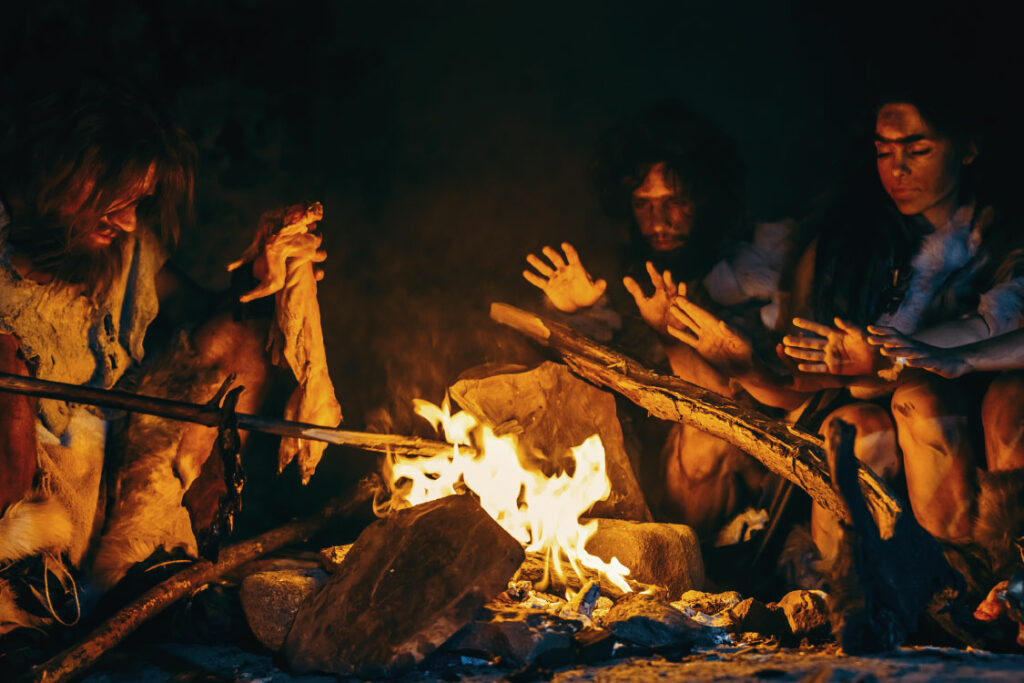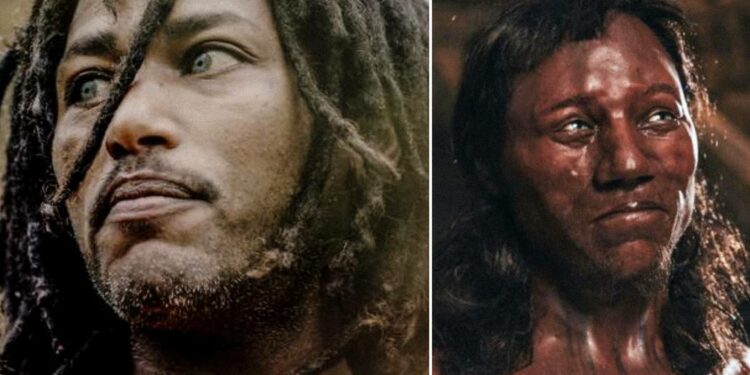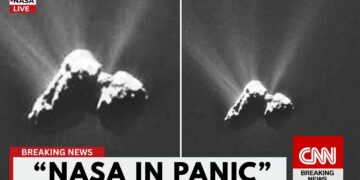You’ve heard the phrase “Black Irish,” but who were they? Where did they come from, and where did they live?
People of Irish heritage with dark features, black hair, darker complexion, and dark eyes are referred to as “Black Irish.” Surprisingly, the phrase is rarely used in Ireland, even though it has been passed down for centuries among Irish emigrants and descendants.
Throughout history, Ireland has faced multiple invasions from other countries. The Celts came to the island in 500 BC. Vikings initially came to Ireland in 795 AD, and the Norse Kingdom of Dublin was established in 839 AD.

If it hadn’t been for the great Irish hero Brian Boru, who dared to chase off the Vikings, sometimes known as dark invaders or black aliens, the Vikings would probably have lingered in Ireland much longer. Foreigner is pronounced “gall,” and black (or dark) is pronounced “duh.”
Many of the invaders’ families took Gaelic names that included these two descriptive terms. The word “Doyle” is derived from the Irish phrase “O’Dubhghaill,” which means “dark stranger,” implying that their ancestors were an invading army with nefarious intentions.
In 1588, members of the Spanish army were shipwrecked off the coast of Ireland. Their DNA might have been transmitted down through generations if they had stayed on the island and raised kids.
Most historians assume that the bulk of these Spanish soldiers was arrested and executed by British authorities. Thus any survivors are unlikely to have altered the country’s gene pool.
During the Great Famine of 1845-1849, thousands of Irish peasants moved to America. They were labeled “black” because they avoided this new sort of black death. Many Irish emigrated to the United States, Canada, Australia, and other nations following the famine.
The relationship between Ireland and Britain was tense during the 1800s, resulting in distrust. The British government provided insufficient aid in resolving the difficulties. The epithet “Black” may have been used derogatorily by the British.
It’s impossible to pinpoint when the phrase “Black Irish” initially originated, although various historical events in Ireland have contributed to its creation. As we’ve seen, there are several hypotheses as to how the phrase came to be.
The “Black Irish” is unlikely to be derived from any tiny foreign population who merged with the Irish and survived. “Black Irish” appears to be a descriptive word rather than an inherent attribute that has been ascribed to numerous groups of Irish people over time.
Cheddar Guy
‘Cheddar Man,’ a Mesolithic skeleton discovered in a Somerset cave in 1903, had a “dark to the ebony complexion,” blue eyes, and curly hair, according to geneticists from University College London and the Natural History Museum.

Dan Bradley, professor of population genetics at Trinity College Dublin, revealed that two Irish individuals who lived over 6,000 years ago showed similar features to Cheddar Man in a collaborative effort with the National Museum of Ireland.
“The earliest Irish would have been the same as Cheddar Man and would have had darker skin than we have today,” Prof Bradley added.
“We think [ancient Irish populations] would be similar. The current, very light skin we have in Ireland now is at the endpoint of thousands of years of surviving in a climate where there’s very little sun. It’s an adaptation to the need to synthesise vitamin D in skin. It has taken thousands of years for it to become like it is today.” Professor Dan Bradley
Later investigations found that the prehistoric Irish, hunter-gatherers from 10,000 years ago, had a dark complexion and blue eyes. So, is it feasible that the name “Black Irish” originated 10,000 years ago?























